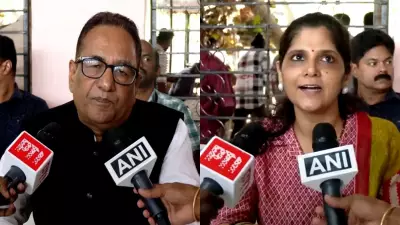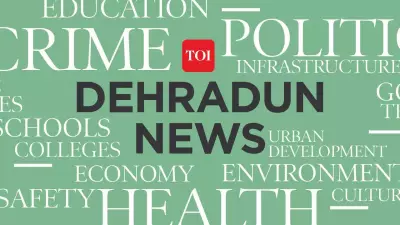
The quiet town of Benipatti in Bihar's Madhubani district has become the epicenter of an unprecedented political drama that could redefine caste equations in the state. What makes this electoral battle particularly fascinating is the rare three-way contest among Brahmin candidates representing major political parties.
Unprecedented Crossover Politics
In a remarkable departure from conventional political patterns, the Bharatiya Janata Party has fielded Dr. Vinod Narayan Jha, a prominent Brahmin face who previously contested on a Rashtriya Janata Dal ticket. This strategic move highlights the complex caste calculations dominating Bihar's political landscape.
The ruling Janata Dal (United) has nominated Ram Naresh Prasad Singh, another influential Brahmin leader, setting the stage for an intense intra-community competition. Meanwhile, the RJD has yet to announce its candidate, adding to the suspense surrounding this high-stakes contest.
Historical Context and Electoral Significance
Benipatti constituency has traditionally witnessed fierce political battles, but this marks the first time that three major parties are fielding Brahmin candidates simultaneously. The Brahmin community, constituting approximately 8% of the electorate in this region, now finds itself at the center of an extraordinary political experiment.
Political analysts suggest that this development reflects the evolving nature of caste politics in Bihar, where traditional voting patterns are being challenged by strategic candidate selection and shifting alliances.
Key Factors Influencing the Contest
- Candidate Credibility: Each candidate brings distinct local influence and track record
- Party Machinery: Organizational strength and campaign resources
- Caste Arithmetic: How other communities will respond to the Brahmin-dominated contest
- Development Agenda: Local issues and governance performance
Broader Implications for Bihar Politics
The outcome of this triangular contest could signal significant changes in Bihar's political alignment. A victory for any candidate would demonstrate their party's ability to navigate complex caste dynamics and secure support beyond traditional vote banks.
Political observers are closely monitoring whether this Brahmin-centric battle will lead to consolidation of community votes or trigger fragmentation that benefits one party over others. The results could potentially influence candidate selection strategies across Bihar in future elections.
As campaigning intensifies, all three candidates are leaving no stone unturned to connect with voters, addressing local concerns while emphasizing their respective party's vision for development and progress in the region.





